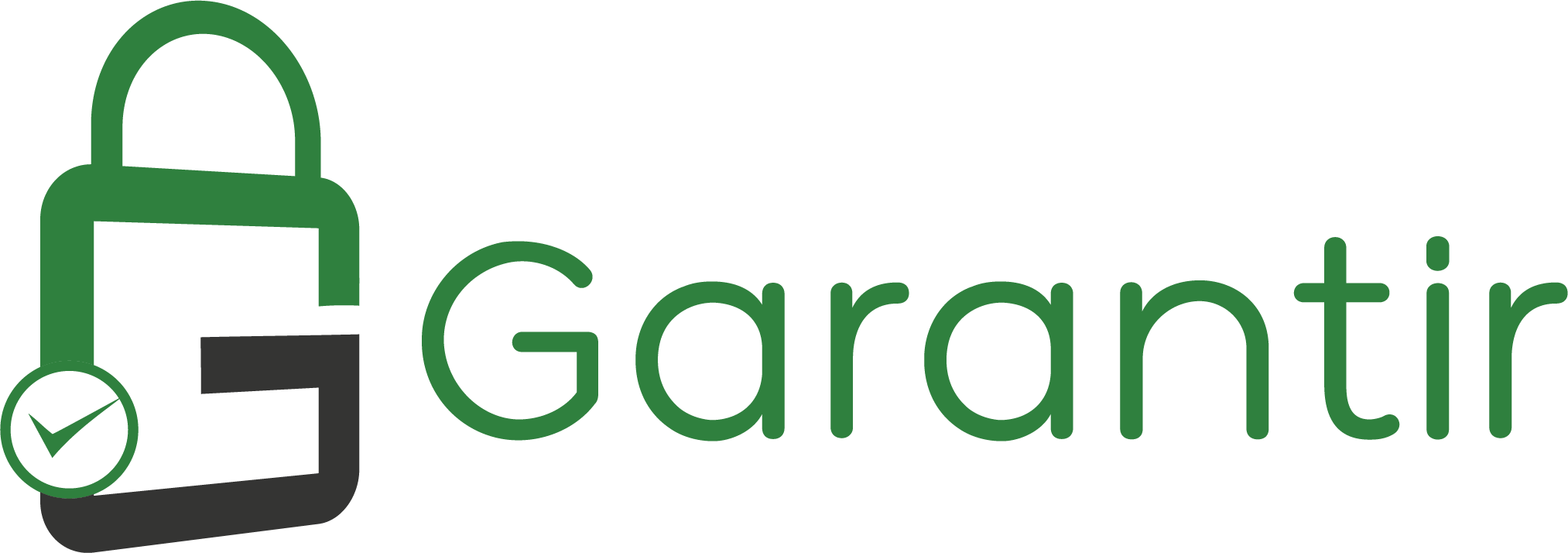At Least 500 Million Smartphone Users Will Be Using a Digital Identity Wallet by 2026: Gartner
According
to Gartner, by 2026 at least 500 million smartphone users will be regularly
making verifiable claims using a digital identity wallet (DIW).
Identity verification (IDV) in the form of a user taking a
picture of their identity document and a selfie is commonly used today. It
establishes confidence in the identity of a person during a digital interaction
when curated credentials do not exist, are not available or do not provide
sufficient assurance. However, due to challenges with the traditional IDV
model, solutions based on portable digital identity (PDI) have emerged.
"The market is entering a transition period as PDI
solutions are starting to mature, which in the next five years, will reduce the
demand for standalone IDV," said Akif Khan, VP Analyst, Gartner.
Challenges with Identity Verification
The current IDV model of a user being asked to do the
ID-plus-selfie process repeatedly, is not ideal.
"The processes in place today are focused and limited to
core identity data (name, date of birth, address, etc.). As more and more
processes move online, there is a need to tie many other attributes to a user's
identity, such as educational or workplace qualifications, proof of employment,
not to mention healthcare data," said Khan.
Portable Digital Identity Solutions to Start to Replace Repeated Identity
Verification
A PDI is best defined as a digital identity that contains all
the necessary attributes for identifying someone in the digital world. PDI also
means that the user maintains some level of control over security and privacy.
The principle of PDI is that the user formerly proves their
identity with a trusted entity, and once authenticated, it is recorded as an
identity assertion. That identity assertation is either stored with the party
that verified their identity (centralized model) or saved in a DIW on their
smartphone (decentralized model). Decentralized models also offer the benefit
of using verifiable credentials, which allow users to make assertions without
revealing more data than they need to - for example, proving that you are over
18 years of age without sharing your date of birth.
Governments are already taking action. The European Commission
(via eIDAS Regulation) will require all EU member states to make a DIW
available to citizens by 2026. However, many vendor products are available
today that enable organizations to benefit from PDI for targeted use cases.
"Chief information security officers (CISOs) do not need
to wait for a government to provide all citizens with a PDI solution,"
said Khan. "For example, in the workforce, CISOs can use a readily
available decentralized identity wallet product and issue it to their employees.
The wallet could then be integrated into their employee onboarding, account
recovery and IT help desk workflows. This is ultimately improving security by
introducing strong authentication and improving UX by removing the need for
repeated IDV."

































Leave A Comment